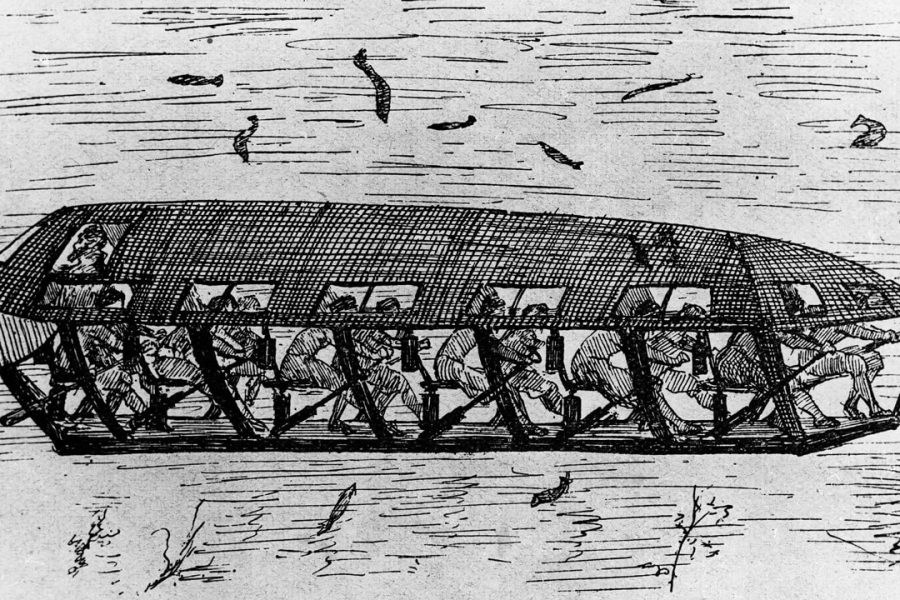With the advancement of technology, it has become much easier to travel to different parts of the world. At the dawn of civilization, traveling from one place to another could take months, but now it is possible in just a couple of hours. However, there are some places on the globe where no human has set foot because of their difficult to access location, as well as the harsh climate conditions that exist in these regions. Let's look at some of them in more detail:
1. Tristan Da Cunha
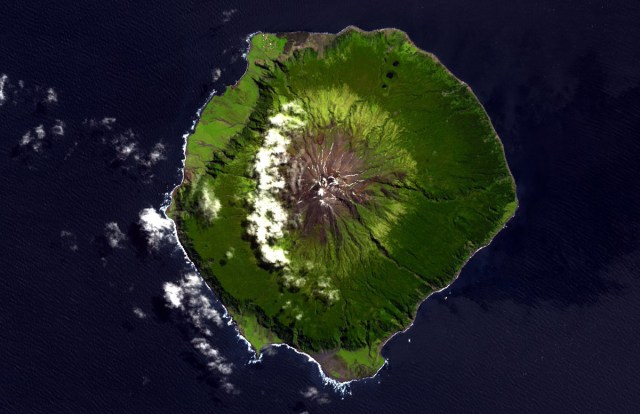
This archipelago of small islands located in the South Atlantic Ocean remains habitable for humans. The nearest land is South Africa, which is about 1,700 kilometers away, and the American coast to the south is about 2,000 miles away. The archipelago has a rich history and was first discovered by a Portuguese explorer and later came under the influence of the British. This island is the most physically isolated place on the planet, and its unique geographic location makes landing on an airstrip almost impossible, except by boat.
2. Motuo County, China
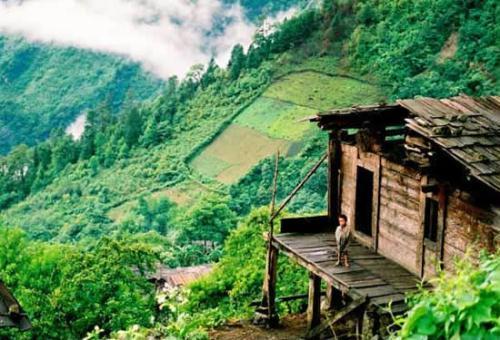
Motuo County is considered to be the last county in China where there is no road leading to this place. It is one of the most untouched and unexplored places in the world, where there are still untouched cities. There is a land route, which is quite dangerous, goes through a part of the Himalayas that are completely frozen. To cross in Motuo County, a person must cross a 200-meter suspension bridge. There is a huge variety of plants here, which makes this place especially cute and mysterious at the same time. But numerous attempts to make a road here have failed due to the unique nature of this area, prone to avalanches and mudflows.
3. Alert Village, Canada
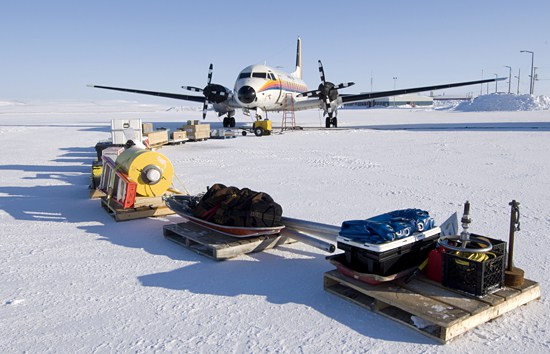
Alert is a small community located on Ellesmere Island in Nunavut, Canada, just 837 km from the North Pole. It is one of the least explored places in the world, with no permanent population, but a weather station. Temperatures can be over 40 degrees below zero, and its location on the top of the earth dictates very extreme weather conditions. It can have 24 hours of daylight in the summer, and 24 hours of night in the winter.
4. Kerguelen Islands

The Kerguelen Islands are on this list because of their extreme remoteness from civilization and are located in the southern part of the Indian Ocean. You can't get here by air, you can only get to the island by water, a 6-day journey from the nearest land, Reunion (a small island located on the coast of Madagascar). Just like Antarctica, there are no indigenous people here, but French scientists and engineers from the research center work here. Cats and rabbits also live here, which were brought here by people, but quickly began to live their own lives. Sheep did not stay here for long, they were also brought here and successfully bred, but they began to greatly affect the flora of the island. There are no more sheep on the island, but Kerguelen cabbage is growing in full.
5. McMurdo, Antarctica

Antarctica is one of the most remote places in the world, with no indigenous people living in the region. There are many scientific centers that operate here and McMurdo Sound is one of the largest among them. McMurdo Sound is an international research center that is located on Ross Island and close to the northern tip of the continent. Although it remains completely frozen, it still hosts over 1,200 scientists during the summer months. It used to take several months to get to this place in the previous days, but thanks to technological advances, three airstrips have been developed here making this region a little more accessible than before. By the way, there is even an ATM in Antarctica.
6. Papua New Guinea

Papua New Guinea is also one of the places where no man has set foot, and there are many unexplored species of plants and animals that live in the vastness of these jungles. The difficult terrain, the lack of infrastructure development has made it very inaccessible to the ubiquitous man even with his technical progress.
7. Galapagos

The Galapagos Islands are one of the least explored and untouched places in the world. This archipelago is home to many marine animals and creatures such as giant turtles, iguanas, penguins, whales, sea lions. The population of the Galapagos Islands is about 23 thousand numerous species of plants and animals that live in this remote place.
8. La Rinconada, Peru
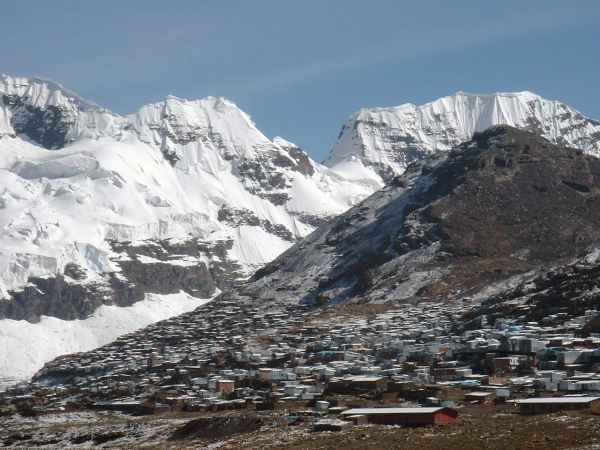
La Rinconada is a small mining town located in the Peruvian Andes and it is considered one of the most difficult places to reach in South America. It is known as the highest city in the world and is located at 17,000 feet above sea level. The remarkable city is a frozen glacier and the only way to get here is by truck through rough terrain and dangerous winding mountain roads. It can take days to get to this city and can lead to illness due to its high altitude. This makes it even more uncomfortable to live here. Until now, this place is home to more than 30,000 people, mostly miners.
9. Daintree National Park, Australia

Daintree National Park is located in Far North Queensland, Australia and is a completely untouched and very ancient rainforest. This ecosystem is older than man himself on earth, with a huge number of plant and animal species found nowhere else in the world. More than a thousand of them have been here for over 2,500 years.
10. Easter Island

Easter Island is a wonderful, tiny island located about 2,000 miles off the west coast of Chile and completely isolated by the vastness of the Pacific Ocean. It is quite small and only about 112 square kilometers, where about 5,000 people live. This island is well known for its Moia sculptures, which are located along the beach and look inland. There is a small airport, considered one of the most remote in the world, which transports passengers to the island via Chile. There are also several hotels, because the island, although difficult to access, is visited. However, the prices here are astronomical, because tourism is tourism, and most of the products and materials are imported.











